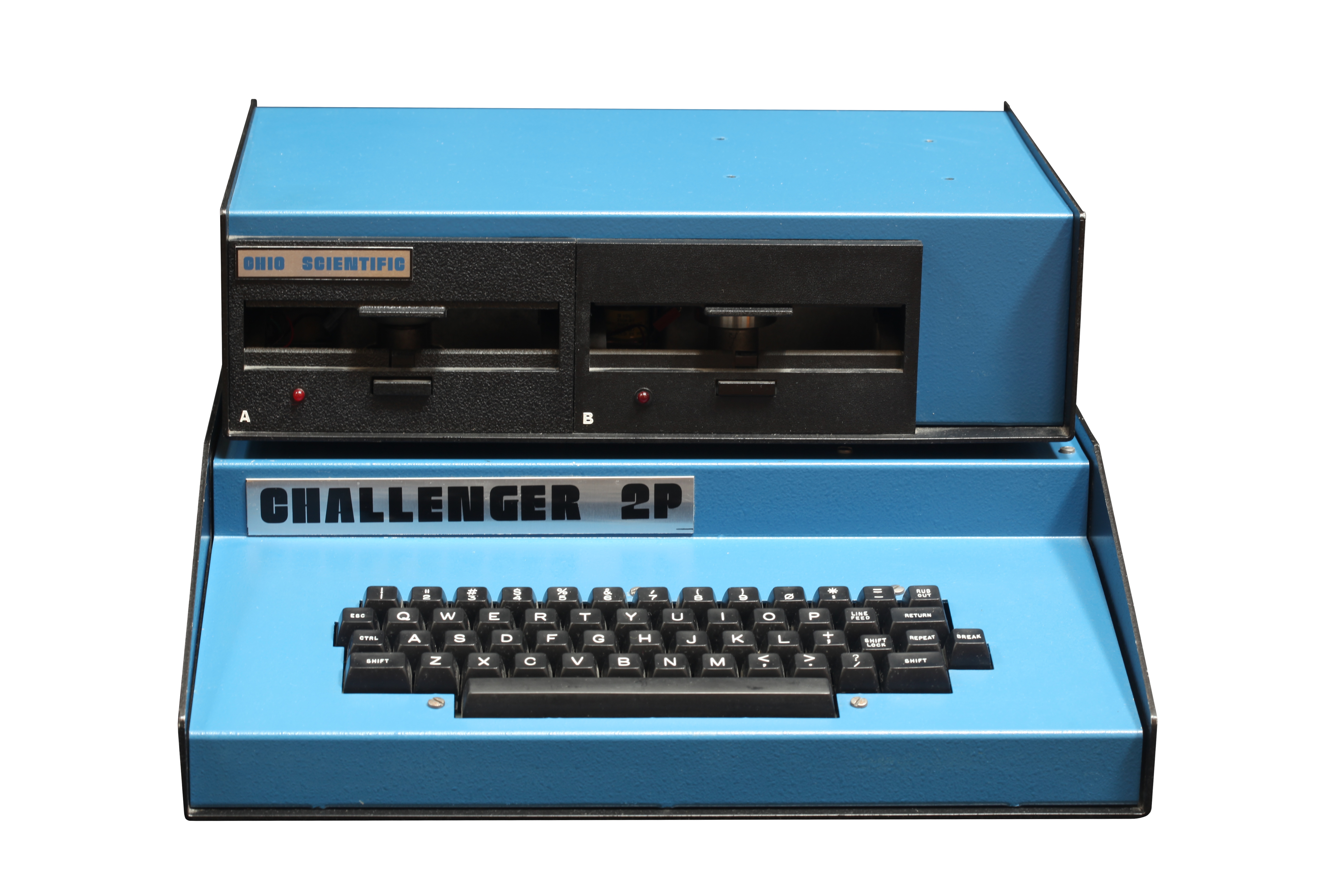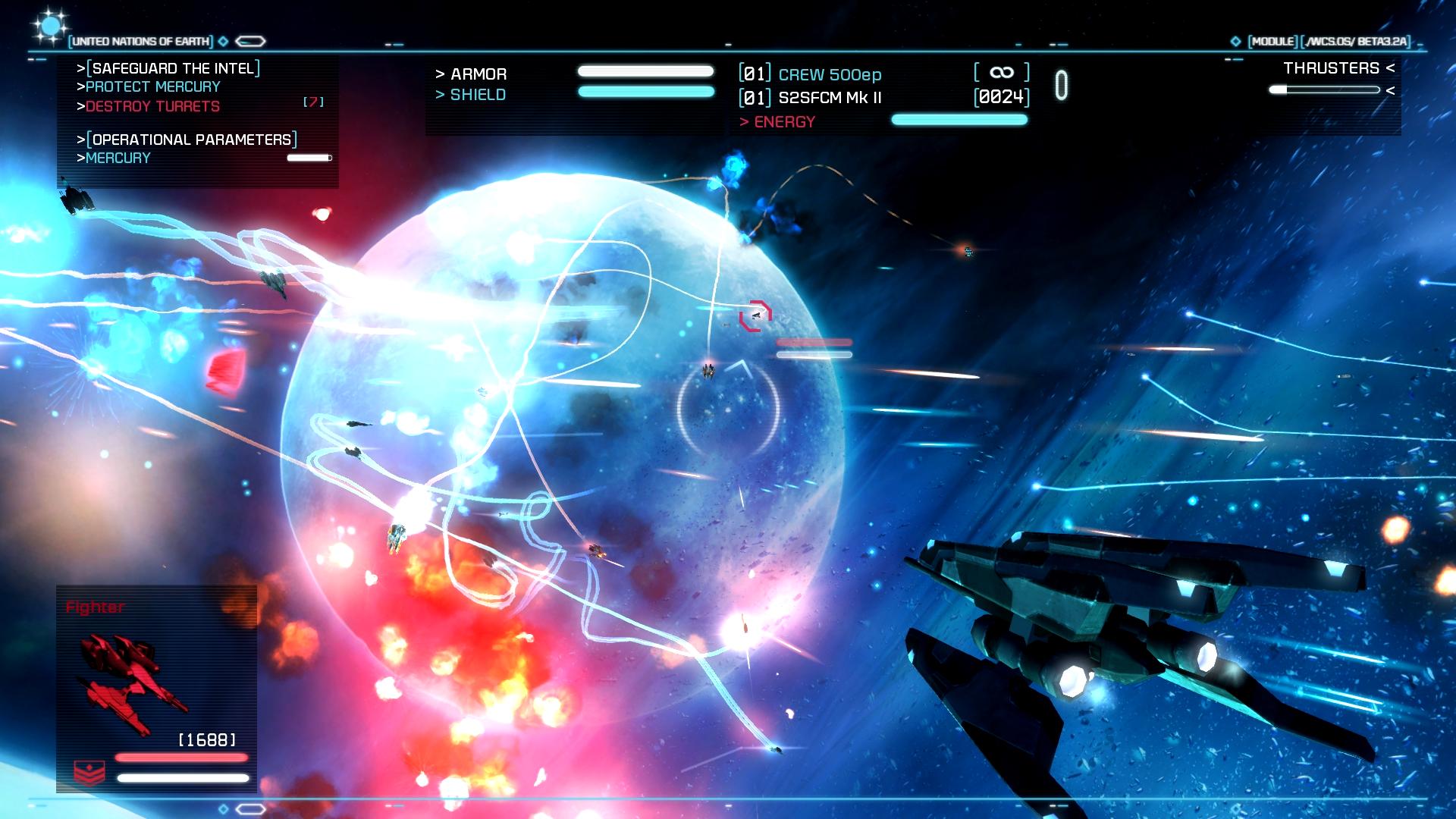|
Starfighter (video Game)
''Starfighter'' is a video game published by Aardvark Technical Services in 1979 for Ohio Scientific computers. Three versions of the game were sold so they could work on a range of OSI hardware: ''Starfighter 540'', ''Starfighter 600'', and ''Starfighter Alphabetics''. It was ported to the TRS-80 The TRS-80 Micro Computer System (TRS-80, later renamed the Model I to distinguish it from successors) is a desktop microcomputer launched in 1977 and sold by Tandy Corporation through their Radio Shack stores. The name is an abbreviation of '' ... and TRS-80 Color Computer. Plot ''Starfighter'' is a game in which the player commands a starfighter, using photon torpedoes and missiles against enemy starfighters, battleships, cruisers, and supercruisers in the Alpha Centauri system. Reception Bruce Campbell reviewed ''Starfighter'' in '' The Space Gamer'' No. 61. Campbell commented that "While I have enjoyed playing ''Starfighter'', I refuse to recommend a program that so badly ne ... [...More Info...] [...Related Items...] OR: [Wikipedia] [Google] [Baidu] |
Ohio Scientific
Ohio Scientific Inc. (also known as Ohio Scientific Instruments) was an Ohio-based computer company that built and marketed microcomputers from 1975 to 1981. Their best-known products were the Challenger series of microcomputers and Superboard single-board computer kits. Products One of their first products, launched in 1977, was the OSI Model 500 system, a very simple single-board computer based on the MOS Technology 6502 microprocessor. It needed an external video monitor as it had an internal character-based video controller and ran Microsoft BASIC. Storage was to any cassette by FSK encoding. The Challenger III, introduced in August 1977, had a maximum of 53 KB of static RAM and used 8" 370 KB floppy disks in its dual floppy drive system. It was also sold in an optional 4' high 19" rack mount cabinet with wheels, version C3-B, that included a hard drive. (OSI was the first company to use a Winchester hard drive in its PCs.) This was intended for an office env ... [...More Info...] [...Related Items...] OR: [Wikipedia] [Google] [Baidu] |
TRS-80
The TRS-80 Micro Computer System (TRS-80, later renamed the Model I to distinguish it from successors) is a desktop microcomputer launched in 1977 and sold by Tandy Corporation through their Radio Shack stores. The name is an abbreviation of ''Tandy Radio Shack, Z80 icroprocessor'. It is one of the earliest mass-produced and mass-marketed retail home computers. The TRS-80 has a full-stroke QWERTY keyboard, the Zilog Z80 processor, 4 KB dynamic random-access memory (DRAM) standard memory, small size and desk area, floating-point Level I BASIC language interpreter in read-only memory (ROM), 64-character per line video monitor, and a starting price of US$600 (equivalent to US$ in ). A cassette tape drive for program storage was included in the original package. While the software environment was stable, the cassette load/save process combined with keyboard bounce issues and a troublesome Expansion Interface contributed to the Model I's reputation as not well-suited to serious ... [...More Info...] [...Related Items...] OR: [Wikipedia] [Google] [Baidu] |
TRS-80 Color Computer
The RadioShack TRS-80 Color Computer, later marketed as the Tandy Color Computer and sometimes nicknamed the CoCo, is a line of home computers developed and sold by Tandy Corporation. Despite sharing a name with the earlier TRS-80, the Color Computer is a completely different, incompatible system and a radical departure in design and compatibility with its Motorola 6809E processor rather than the Zilog Z80 earlier models were built around. The Tandy Color Computer line started in 1980 with what is now called the Color Computer 1. It was followed by the Color Computer 2 in 1983, then the Color Computer 3 in 1986. All three models maintain a high level of software and hardware compatibility, with few programs written for an older model being unable to run on the newer ones. The Color Computer 3 was discontinued in 1991. All Color Computer models shipped with Color BASIC, an implementation of Microsoft BASIC, in ROM. Variants of the OS-9 multitasking operating system were availab ... [...More Info...] [...Related Items...] OR: [Wikipedia] [Google] [Baidu] |
The Space Gamer
''The Space Gamer'' was a magazine dedicated to the subject of science fiction and fantasy board games and tabletop role-playing games. It quickly grew in importance and was an important and influential magazine in its subject matter from the late 1970s through the mid-1980s. The magazine is no longer published, but the rights holders maintain a web presence using its final title ''Space Gamer/Fantasy Gamer''. History ''The Space Gamer'' (''TSG'') started out as a digest quarterly publication of the brand new Metagaming Concepts Metagaming Concepts, later known simply as Metagaming, was a company that published board games from 1974 to 1983. It was founded and owned by Howard Thompson, who designed the company's first game, '' Stellar Conquest''. The company also inven ... company in March 1975. Howard M. Thompson, the owner of Metagaming and the first editor of the magazine, stated "The magazine had been planned for after our third or fourth game but circumstances demand ... [...More Info...] [...Related Items...] OR: [Wikipedia] [Google] [Baidu] |
Steve Jackson Games
Steve Jackson Games (SJGames) is a game company, founded in 1980 by Steve Jackson, that creates and publishes role-playing, board, and card games, and (until 2019) the gaming magazine ''Pyramid''. History Founded in 1980, six years after the creation of ''Dungeons & Dragons'', SJ Games created several role-playing and strategy games with science fiction themes. SJ Games' early titles were microgames initially sold in 4×7 inch ziploc bags, and later in the similarly sized Pocket Box. Games such as ''Ogre'', ''Car Wars'', and ''G.E.V'' (an ''Ogre'' spin-off) were popular during SJ Games' early years. Game designers such as Loren Wiseman and Jonathan Leistiko have worked for Steve Jackson Games. Today SJ Games publishes a variety of games, such as card games, board games, strategy games, and in different genres, such as fantasy, sci-fi, and gothic horror. They also published the book ''Principia Discordia'', the sacred text of the Discordian religion. Raid by the Secret S ... [...More Info...] [...Related Items...] OR: [Wikipedia] [Google] [Baidu] |
1979 Video Games
Events January * January 1 ** United Nations Secretary-General Kurt Waldheim heralds the start of the ''International Year of the Child''. Many musicians donate to the ''Music for UNICEF Concert'' fund, among them ABBA, who write the song ''Chiquitita'' to commemorate the event. ** The United States and the People's Republic of China establish full diplomatic relations. ** Following a deal agreed during 1978, French carmaker Peugeot completes a takeover of American manufacturer Chrysler's European operations, which are based in Britain's former Rootes Group factories, as well as the former Simca factories in France. * January 7 – Cambodian–Vietnamese War: The People's Army of Vietnam and Vietnamese-backed Cambodian insurgents announce the fall of Phnom Penh, Cambodia, and the collapse of the Pol Pot regime. Pol Pot and the Khmer Rouge retreat west to an area along the Thai border, ending large-scale fighting. * January 8 – Whiddy Island Disaster: The French tanke ... [...More Info...] [...Related Items...] OR: [Wikipedia] [Google] [Baidu] |
Space Combat Simulators
A space flight simulation is a genre of flight simulator video games that lets players experience space flight to varying degrees of realism. Common mechanics include space exploration, space trade and space combat. Overview Some games in the genre aim to recreate a realistic portrayal of space flight, involving the calculation of orbits within a more complete physics simulation than pseudo space flight simulators. Others focus on gameplay rather than simulating space flight in all its facets. The realism of the latter games is limited to what the game designer deems to be appropriate for the gameplay, instead of focusing on the realism of moving the spacecraft in space. Some "flight models" use a physics system based on Newtonian physics, but these are usually limited to maneuvering the craft in its direct environment, and do not take into consideration the orbital calculations that would make such a game a simulator. Many of the pseudo simulators feature faster than light tr ... [...More Info...] [...Related Items...] OR: [Wikipedia] [Google] [Baidu] |

_(cropped_v2).jpg)
